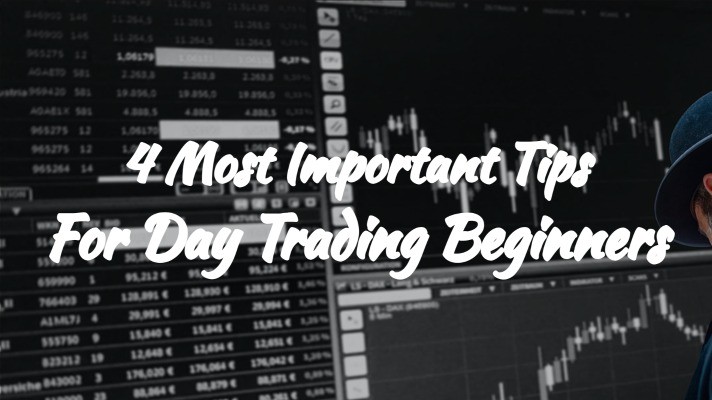Investing in the stock market (Deep Value Stocks definition) is a tried and true way to make money for many. There are fortunes made every day on the stock market. Unfortunately, there are also lots of losses and failures. It’s a tricky, complex game. It requires understanding, research, patience, and sometimes, a bit of luck, to strike it rich.
That said, for those investors who know what they’re doing, investing in stocks is an excellent, proven profit generator. Let’s take a look at Deep Value Stocks – definition, and how to go about trading this way.
Deep Value Stocks – Definition
In the very simplest terms, deep value stocks are ones that are undervalued. Purchasing them at an undervalued price can be very profitable.
It’s an easy enough concept to grasp, but as history has demonstrated, it’s not always easy to achieve. Delve a bit deeper into the topic to gain a better understanding of deep value stocks.
Understanding Deep Value Stocks
The key to deep value stocks is identifying the companies whose stock price is significantly lower than their actual value, which is sometimes termed their economic or intrinsic value. The strategy goes back many decades; one of its most famous practitioners is the trading guru Warren Buffett.
It’s important to note this does not necessarily mean that deep value stocks are only “cheap” ones. It’s the relationship between their price and their intrinsic value that matters. A blue-chip stock that is – for whatever reason – undervalued at the moment, could be considered a deep value stock, should a trader’s analysis see the opportunity, for example, after a precipitous, albeit a temporary drop in the share price – one that is still considered expensive by typical measure.
For the most part, however, the strategy of deep value stock trading is on the lower end of the price scale.
Explaining Deep Value Investing
Deep value stocks are ones that are undervalued at the time of purchase. The anticipation is that they are bound to trade higher over time. Deep stock traders typically place little value on indicators of “quality” in a company. Deep value investors often overlook warning signs such as instability, weak Profit and Loss balance sheets, and poor or underperforming business strategies, if other conditions indicate a potential winner, and the stock price indicates it is undervalued.
How to Spot Value Stocks
It’s been called a mix of art and science. Identifying a deep value stock can involve ignoring hardcore statistics, such as a company’s balance sheets, and projections – remembering “quality” attributes are not necessarily a positive indicator, especially where the share price is concerned. But there are also some subjective elements, which can help define its intrinsic value. A sell-off, for instance, maybe an indicator of a solid value buy. The investor has to be confident of two things:
- the stock won’t go any lower in price
- the stock will increase from its current price
Reaching a conclusion as to whether these two conditions will be met takes more than just intuition. Skilled traders delve deep into the specifics of a company to determine how the stock is performing currently, where it’s going to go, and where it will ultimately wind up. Relying on something obvious, such as quarterly reports, is likely insufficient – that info may well be out-of-date by the time an opportunity arises or fades away.
In many ways, a deep-value stock hunter has to be a contrarian. This too is an oversimplification, however – there’s more to picking out a winner than just doing the opposite of what everyone else is doing. But avoiding trending stocks, buying or holding when everyone else is selling – these are two examples of contrarian moves a value trader makes.
The Risk Associated With Value Stocks
Overpaying for stocks: This of course is exactly the opposite of what a value trader wants to do. Not reading the statistics and signals correctly could lead to making a buy that simply is priced too high. That means you’ve bought not an undervalued stock, but rather one that is overvalued. Experienced traders build a margin of safety into their investments. A general rule of thumb is to identify stocks at 66% (two-thirds) of their intrinsic value.
Not diversifying: While it is almost universally accepted that diversifying a stock portfolio is the safest way to avoid big losses – should one crash, the overall impact to the portfolio is minimized by the performance of the remaining stocks. The knock against this most common of strategies is that it results in only average returns. Some value traders opt for less diversified portfolios, but this places a strong reliance on “picking winners”.
Value Investing Methods
We’ve outlined some strategies and methods for picking deep value stocks:
- a contrarian approach – buy or hold when others are selling, and vice versa
- analyzing and calculating a stock’s current price against where it might go
- ignoring the concept of “quality” in a company, as it drives the stock price higher
The next point may seem counterintuitive, but, it should be stressed that deep value stock trading is anything but a short-term endeavor. On the contrary, it is most definitely a long-term strategy. Taking this approach has its upside and downside:
- On the positive side, the value stock picks you to make might not strike pay dirt immediately – if there is a dip, it doesn’t necessarily mean your ship has sunk. Holding on for an extended period of time allows for recovery, and the gains you had originally anticipated.
- On the negative side, deep value stocks seldom provide instant gratification, and your funds will be tied up by your purchases over an extended period – you have to be prepared for this.
Keeping a long-term outlook is the most secure and least risky way to achieve the profits you are seeking from a deep value buy, or for that matter, the purchase of any stock. It may not be the sexiest way to make money on the stock market but has proven to be the time-tested method used by many successful investors, over many decades.







